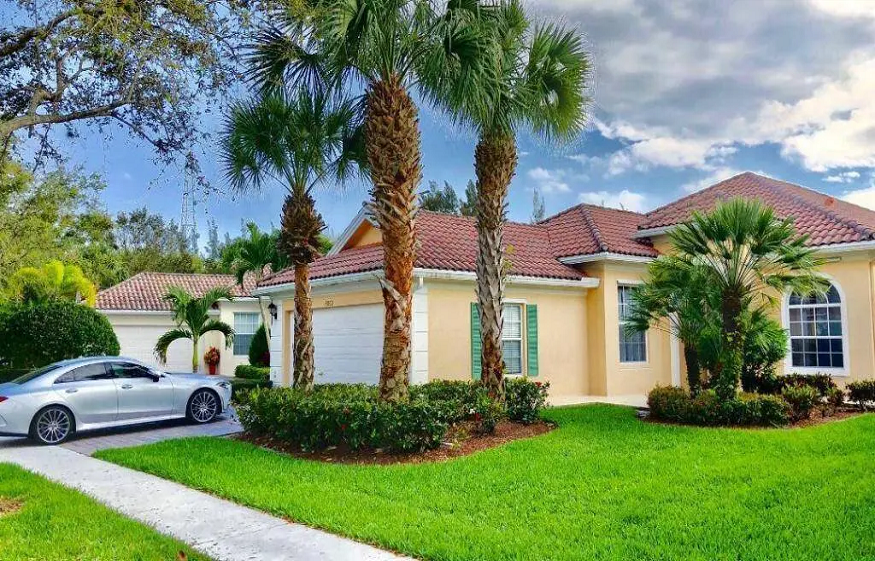Dubai Property Boom: 4,000+ New Real Estate Activities in H1 Fuelled by Strong Regulations
Dubai’s property market has raced ahead in 2025. In the first half of the year, the emirate recorded more than 4,000 new real estate activities. This includes new project registrations, brokerage licences, and related market services. The headline number signals confidence. It shows a market that is expanding in a disciplined way rather than overheating.
Stronger rules sit behind this momentum. Tighter oversight of escrow accounts, clearer project milestone reporting, and stricter licensing have lifted standards. Developers are delivering on time more often. Brokerages are better managed. Buyers and investors are responding to that trust with action.
Why 4,000+ new activities matter
A surge in new activities means more choice. It also means more checks and balances. Fresh brokerage licences and project registrations add capacity to serve demand. But they do so within a framework designed to protect end-users. That balance is crucial in a fast-growing city like Dubai.
The number is not just cosmetic. It represents thousands of procedures completed, approvals granted, and compliance boxes ticked. It signals an ecosystem that is scaling without losing control. For a market that welcomes global capital, that combination is hard to beat. Trusted Real estate brokers in Dubai are using this moment to match clients with opportunities that now come with improved transparency.
The regulatory backbone behind the boom
Dubai has layered reforms over several years. Escrow rules protect off-plan buyers. Developer ratings highlight delivery track records. Standardised contracts and dispute mechanisms help reduce ambiguity. Together, they create a predictable buying experience. Predictability is what unlocks long-term money.
Licensing has also tightened. Broker accreditation standards have risen. Misconduct penalties are clearer and swifter. Digital portals make it easier to verify listings, agents, and transaction stages. This raises professionalism. It also lowers the noise that once frustrated serious buyers and institutional investors.
The numbers: sales, supply and rentals
The sales engine remains hot. Monthly transaction values have crossed tens of billions of dirhams at several points in 2025. July alone reached well over $17 billion in deals. Off-plan continues to take a large share of activity. Ready homes also trade briskly in mature communities.
Supply is responding. Tens of thousands of units are scheduled for delivery this year and next. H1 completions already ran into the many thousands. This is easing pressure on rents. Rental growth has slowed across several districts. In a few pockets, asking rents have slipped from recent highs. For residents, that is welcome news.
Who is buying—and why it’s different now
There are two big buyer groups. First-time homeowners and end-users are moving out of renting after years of tight supply. Better payment plans and moderated rents give them breathing room. They can view more units, compare value, and avoid rushing. This cohort is quality-conscious and focused on commute times, schools, and service charges.
Then there are global investors. Many are return buyers who have watched Dubai become more regulated and more liquid. They like the yield story. They also like the lifestyle hedge. A property in a safe, well-connected city with strong rule of law has value beyond the rental return. Family offices and funds are gradually increasing allocations. They prefer projects with proven delivery and healthy leasing demand.
Developers shift tactics for a disciplined cycle
Developers are competing on execution, not just brochures. Construction updates are frequent and digital. Completion dates are treated as promises, not aspirations. Where delays occur, communication is clearer and remedies are defined. That builds credibility with buyers who remember previous cycles.
Incentives are smarter too. Instead of blanket discounts, offers are targeted. Some developers bundle fit-outs, service charge holidays, or post-handover payment plans. Others guarantee rental support for a fixed period. The aim is to smooth cash flows for buyers while keeping headline prices sensible. It is a more mature playbook.
Hotspots and product types to watch
Established luxury districts still command headlines. Waterfront stock, branded residences, and trophy villas remain limited and pricey. That said, the mid-market is where the most activity is. Transit-linked communities with schools and retail are seeing steady absorption. Two-bed apartments with efficient layouts remain the most liquid ticket for both end-users and investors.
Peripheral masterplans deserve attention. New roads and future metro links are changing the map. Larger plots, greener streets, and community-level amenities are drawing families who want space and value. Early-phase buyers often enjoy the best entry points. But the key is to back developers with a record of delivering infrastructure on time.
What the 4,000+ activities mean for buyers on the ground
More licensed brokers means easier access to accurate data. It also means stronger competition on service quality. Buyers can expect better guidance on comparable sales, service charge benchmarks, and realistic rents. Site visits are more structured. Paperwork is cleaner. That reduces friction from first viewing to handover.
For off-plan, additional project registrations point to lively launch calendars through the rest of 2025. Expect staggered releases and phased pricing. The smart approach is to compare total cost of ownership across options. That includes premiums for views, parking, storage, and post-handover payment terms. When the add-ons are priced in, the best value sometimes sits one tier below the headline tower.
Financing, mortgages and cash-flow planning
Pre-approval is still the power move. It shortens decision time and strengthens negotiation. Fixed-rate options help households plan around school fees and everyday costs. Variable-rate borrowers should stress-test payments. A small safety margin goes a long way in a dynamic city.
Investors should budget for voids and routine maintenance. Service charges vary widely by community and specification. Lift, chiller, and façade costs can add up in premium buildings. A yield that looks strong on paper can fade after fees. Focus on buildings with solid owners’ associations and transparent sinking funds.
Risks to watch—because every boom needs caution
Oversupply is the classic concern. The raw count of units is rising. But risk is uneven. Homogenous mid-tier blocks in clustered locations face the most pressure if absorption slows. Diverse communities with schools, hospitals, and transit usually hold value better. So do projects with efficient service charges.
Delivery risk is another. Even with stronger regulations, not every timeline holds. Buyers should verify escrow structures, contractor histories, and milestone completion. If a deal seems too generous, ask what trade-off you are making. Sometimes the price concession masks a longer build or a weaker finish specification. Due diligence remains your edge.
Outlook for the next 12 months
The pipeline is thick. Launches will keep coming, but at a more measured cadence. Authorities will continue fine-tuning rules, especially around data transparency and property management. Expect more digitalisation of processes, fewer paper bottlenecks, and faster verification. That will lower transaction friction and broaden participation.
Demand should stay resilient. Population growth, business formation, and tourism feed housing needs. If global conditions wobble, Dubai’s relative stability and lifestyle appeal can offset some headwinds. Price growth is likely to fragment by submarket. Prime may hold. Well-located mid-market should track incomes. Over-clustered pockets could soften. Selectivity will define outcomes.
A practical, step-by-step path to purchase
Start with clarity on purpose. Home first or investment first. Your criteria will change by goal. For a home, prioritise commute, schools, and service charges. For investment, target liquidity and net yield. Then shortlist three communities. Visit at different times of day. Check noise, traffic, and parking.
Next, assemble your team. A mortgage adviser for pre-approval. A conveyancing lawyer to review contracts. A licensed broker who knows your chosen communities. Use independent snagging at handover. Keep a digital folder of every document, including approvals and service charge schedules. The smoother your file, the stronger your bargaining position.
Final word: disciplined growth, real opportunity
Dubai’s 4,000-plus new real estate activities in H1 are not a random spike. They are the output of a system that has tightened the rules, digitised the process, and raised the bar. That is why confidence is up. That is why transactions are flowing. The city is pairing growth with governance, and buyers can feel the difference.
Opportunity now favours the prepared. Use the new transparency. Compare total costs. Stress-test your numbers. Back developers and communities with consistent delivery. If you do that, 2025 can be the year you secure the right home—or the right income asset—in a market that is booming for the right reasons.




Post Comment
You must be logged in to post a comment.